SUMMARY
This is AI generated summarization, which may have errors. For context, always refer to the full article.

MANILA, Philippines – Volcanic smog – or what’s also referred to as vog – is a product of continuous sulfur dioxide (SO2) emissions from Taal volcano, enveloping Batangas and its neighboring provinces.
On Thursday, September 21, SO2 emissions from Taal’s main crater measured 4,569 tons per day. But since the first week of September, Taal Volcano has already been releasing an “average of 3,402 tons of SO2 per day,” the Philippine Institute of Volcanology and Seismology (Phivolcs) said.
In the municipality of Tuy, Batangas, 45 students were reported to have gotten ill because of it. Local authorities in Batangas, Cavite, and Metro Manila even suspended classes on Friday, September 22, because of vog. (READ: #WalangPasok: Class suspensions, Friday, September 22, 2023)
Phivolcs, however, clarified that the smog in Metro Manila, located north of Taal, is “not related” to the Taal vog which “drifted west southwest” of the volcano itself.
Here’s what you need to know about vog and how it can affect your health.
Interaction of gases
According to the United States Geological Survey, vog is a visible haze created when SO2 and other gases emitted from a volcano “chemically interact with sunlight and atmospheric oxygen, moisture, and dust.”
SO2 is a major gas component of magma. Its presence indicates magma is “near the surface of a volcano,” the USGS said. “When SO2 is injected into the atmosphere, it quickly forms potentially hazardous sulfate aerosols.”
Health hazards
Phivolcs warned the public that the SO2 in vog is acidic and could “cause irritation of the eyes, throat, and respiratory tract.” The severity of these effects depends on the gas concentration of the vog in an area and how long humans are exposed to it.
According to Phivolcs, “People who may be particularly sensitive to vog are those with health conditions such as asthma, lung disease, and heart disease, the elderly, pregnant women, and children.” (READ: How to protect yourself from Taal volcanic smog)
It advised the public to do the following when vog is observed in the area:
- Avoid outdoor activities
- Shut doors and windows to black out vog
- Cover your nose, ideally with an N95 facemask
- Drink plenty of water to avoid throat irritation or constriction
The agency also warned that acid rain can be generated in areas where vog is present which “could damage crops and affect metal roofs and buildings.”
Thermal inversion
The Philippine Atmospheric, Geophysical and Astronomical Services Administration (PAGASA) clarified that the smog in Metro Manila is influenced by several factors: thermal inversion, high humidity, and calm wind conditions.
The United States’ National Weather Service (NWS) said thermal inversion happens when cool air is trapped by a warmer layer of air above it.
“Since warm air rises, air under the inversion cannot escape because it is cooler than farther aloft. Smoke and pollution get trapped,” the NWS said.
PAGASA said inversion usually disappears later in the day but cloudy conditions allow haze to persist. – Rappler.com
Add a comment
How does this make you feel?
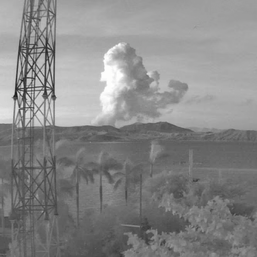
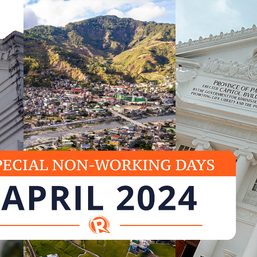

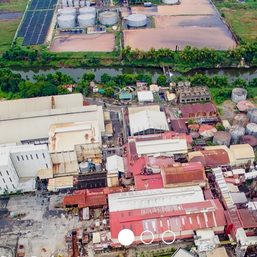

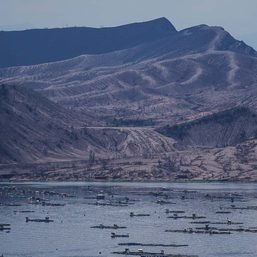
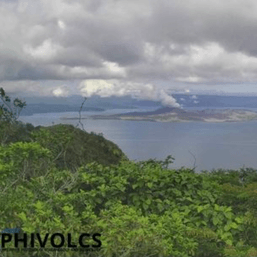
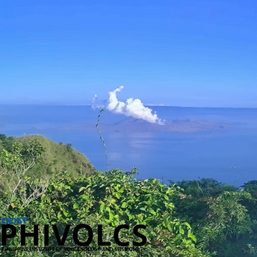

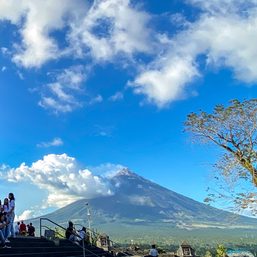
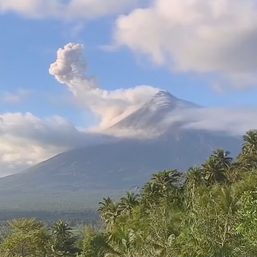
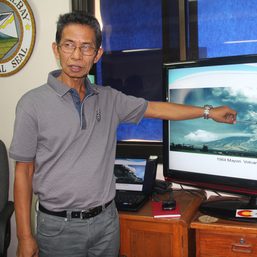
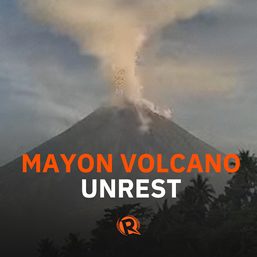
There are no comments yet. Add your comment to start the conversation.